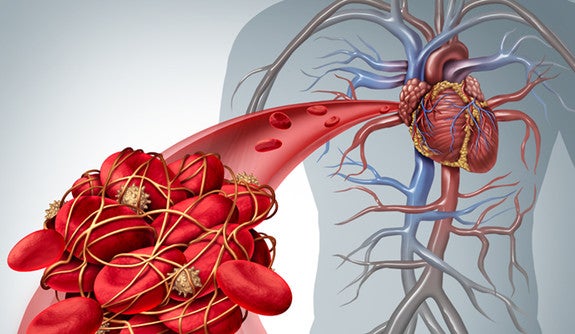Double trouble? Study probes link between common clotting conditions

Medical disorders related to blood clots are major contributors to disease and death worldwide. Two such disorders — atrial fibrillation and pulmonary embolism — may commonly occur in the same patients. To study this association, a team of investigators, led by Dr. Behnood Bikdeli, conducted a systematic review of the medical literature.
The research team found that pulmonary embolism and atrial fibrillation share several common risk factors, such as obesity, heart failure, inflammation, surgery, atherosclerosis (clogged arteries), and old age. They also observed that the risk of pulmonary embolism is increased in patients with atrial fibrillation. In addition, they noted that in patients with pulmonary embolism, coexisting atrial fibrillation was associated with higher risk for worse outcomes, such as shock and death.
While long-term use of anticoagulants (blood thinners) in high-risk patients with either pulmonary embolism or atrial fibrillation is a routine treatment, low-risk patients do not typically receive it. Given their findings, and although there is no direct study to have tested it, the authors suggest that anticoagulants should be considered in patients suffering from both conditions. They recommend further research on the subject to better clarify the benefits and harms of such a strategy.
Read the full paper in Seminars in Thrombosis and Hemostasis.
Media Contact
Ziba Kashef: ziba.kashef@yale.edu, 203-436-9317